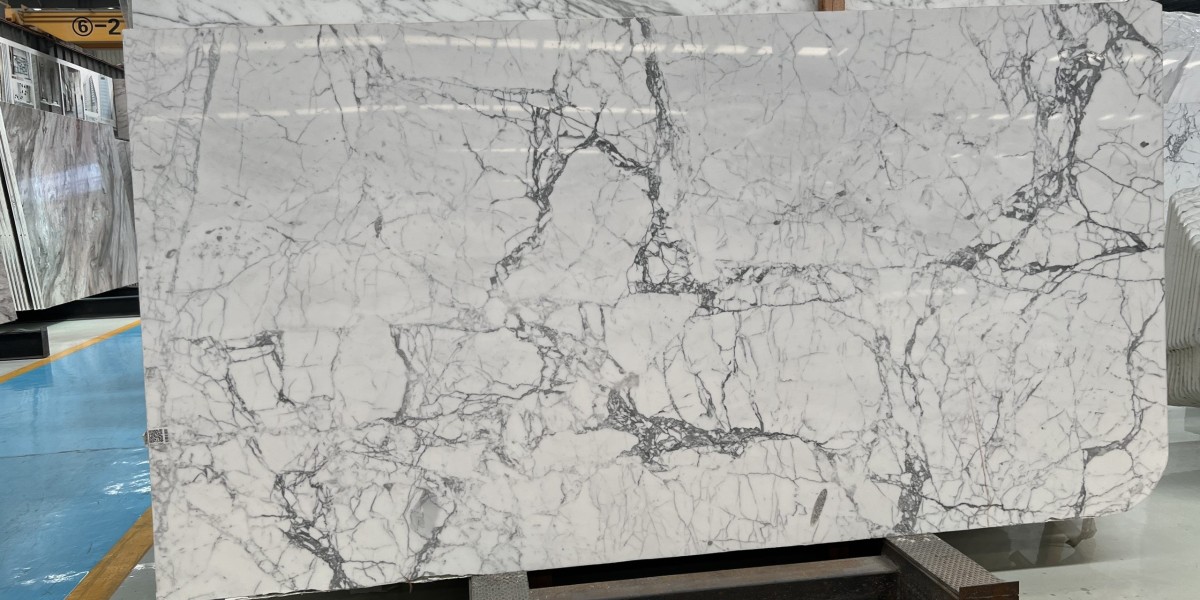Introduction
Pipe Gland Fittings are essential for ensuring safe, reliable connections in various industries, from construction to energy. Designed to seal and protect pipes, they prevent leaks, withstand high pressure, and resist harsh environmental conditions. This blog will explore the various types of pipe gland fittings, their benefits, applications, and installation tips. We’ll also address common questions to help you make informed decisions.
What Are Pipe Gland Fittings?
Pipe gland fittings are components that ensure a secure and leak-free connection between pipes. They are typically used to seal pipes that carry liquids or gases under pressure. Available in different materials like stainless steel, brass, and PVC, these fittings are adaptable to various applications and are selected based on factors such as pressure, temperature, and pipe diameter.
Feature | Description |
Material | Stainless steel, brass, PVC, and other materials |
Function | Seals pipes to prevent leaks and withstands high pressure |
Applications | Used in plumbing, gas, oil, and chemical industries |
Durability | Designed to resist corrosion, high temperatures, and harsh environments |
Types of Pipe Gland Fittings
Understanding the types of pipe gland fittings can help in choosing the right option for specific applications. Below are common types:
1. Compression Gland Fittings
- Use: Ideal for general plumbing and gas connections.
- Features: Easy to install and remove; provide secure connections without welding.
2. Swage Gland Fittings
- Use: Preferred in industries where high-pressure resistance is required.
- Features: Can handle extreme temperatures and high pressures.
3. Threaded Gland Fittings
- Use: Common in residential plumbing.
- Features: Quick and easy to install with a wrench; provides a tight, leak-free seal.
4. Flexible Gland Fittings
- Use: Used in dynamic systems where pipes need to bend or move.
- Features: Absorbs vibrations and is adaptable to slight pipe movement.
5. Weatherproof Gland Fittings
- Use: Suitable for outdoor installations.
- Features: Built to withstand weather changes and extreme environmental conditions.
Type | Application Area | Key Feature |
Compression | General plumbing and gas systems | Non-welded, secure connections |
Swage | Industrial, high-pressure systems | Withstands high pressures and extreme temperatures |
Threaded | Residential plumbing | Quick installation with wrench |
Flexible | Dynamic pipe systems | Absorbs vibrations |
Weatherproof | Outdoor piping | Resistant to weather changes |
Key Advantages of Using Pipe Gland Fittings
1. Leak Prevention
- Pipe gland fittings are designed to create a tight seal, preventing leaks and ensuring safe transportation of fluids or gases.
2. Durability
- Built to endure high pressure and temperatures, these fittings are made from durable materials like stainless steel or brass.
3. Corrosion Resistance
- High-quality gland fittings resist corrosion, ideal for industrial and outdoor applications.
4. Easy Installation
- These fittings don’t typically require welding, allowing for easy installation and maintenance.
5. Versatility
- Available in various types and materials, gland fittings are versatile and can be used in multiple environments.
How to Choose the Right Pipe Gland Fitting
Selecting the right gland fitting depends on several factors:
- Application Requirements: Determine if the fitting will be used indoors, outdoors, or in extreme conditions.
- Pressure & Temperature Ratings: Choose based on the maximum pressure and temperature expected in your system.
- Material Compatibility: Match fitting material with the pipe material and the substance it will carry.
- Size & Thread Type: Ensure compatibility with pipe size and threading specifications.
Installation Tips for Pipe Gland Fittings
- Prepare the Pipe Ends: Clean and deburr pipe ends for a smooth installation.
- Choose the Right Tool: Each fitting type may require specific tools—consult the manufacturer’s instructions.
- Apply Proper Sealant: Some fittings require a thread sealant to prevent leaks.
- Avoid Over-Tightening: Over-tightening can cause leaks or damage the fitting. Follow torque specifications.
- Inspect for Leaks: Once installed, test the system under pressure to ensure there are no leaks.
FAQs About Pipe Gland Fittings
1. What materials are pipe gland fittings made of?
Pipe gland fittings come in materials like stainless steel, brass, and PVC, each suited to different environmental and pressure conditions.
2. Are pipe gland fittings suitable for high-pressure systems?
Yes, certain types like swage gland fittings are designed for high-pressure applications, ideal for industrial use.
3. Do gland fittings require special tools for installation?
Most gland fittings need basic tools like wrenches, though some may need a specific tool as per the manufacturer’s instructions.
4. Can pipe gland fittings be used outdoors?
Yes, weatherproof gland fittings are designed specifically for outdoor use, offering resistance to environmental factors.
5. How do I know which gland fitting type to use?
Consider the application, pressure, material, and environmental exposure to select the correct fitting for your system.
Conclusion
Pipe gland fittings play a vital role in securing pipe systems in diverse applications. Choosing the right type based on application, pressure, and material compatibility is crucial for maintaining a safe, efficient, and durable piping system. By selecting high-quality fittings and following proper installation procedures, you can ensure a reliable seal that stands up to challenging conditions.









